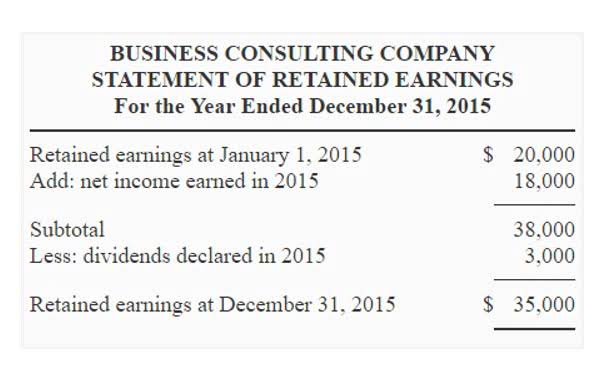
On the other hand, increases in revenue, liability or equity accounts are credits or right side entries, and decreases are left side entries or debits. Credits do the opposite — decrease assets and expenses and increase liability and equity. The simplest most effective way to understand Debits and Credits is by actually recording them as positive and how is sales tax calculated negative numbers directly on the balance sheet.
How to Use Excel as a General Accounting Ledger
Debit entries are entered in the left side of the T and credits are entered to the right of the T. The major components of thebalance sheet—assets, liabilitiesand shareholders’ equity (SE)—can be reflected in a T-account after t accounts any financial transaction occurs. A debit is an accounting entry that results in either an increase in assets or a decrease in liabilities on a company’s balance sheet. In fundamental accounting, debits are balanced by credits, which operate in the exact opposite direction.
- Debits and credits are traditionally distinguished by writing the transfer amounts in separate columns of an account book.
- The equity section and retained earnings account, basically reference your profit or loss.
- If everything is viewed in terms of the balance sheet, at a very high level, then picking the accounts to make your balance sheet add to zero is the picture.
- A debit is an accounting entry that results in either an increase in assets or a decrease in liabilities on a company’s balance sheet.
- Despite the use of a minus sign, debits and credits do not correspond directly to positive and negative numbers.
Cash

(See #1 in the T-account above.) In our second transaction, the business spent $3,000 of its cash to purchase equipment. Hence, item #2 in the T-account was a credit of $3,000 in order to reduce the account balance from $5,000 down to $2,000. Whenever an accounting transaction is created, at least two accounts are always impacted, with a debit entry being recorded against one account and a credit entry being recorded against the other account. This use of the terms can be Law Firm Accounts Receivable Management counter-intuitive to people unfamiliar with bookkeeping concepts, who may always think of a credit as an increase and a debit as a decrease. A depositor’s bank account is actually a Liability to the bank, because the bank legally owes the money to the depositor.
T-Accounts with Single Entries

Thus, when the customer makes a deposit, the bank credits the account (increases the bank’s liability). If you spend $100 cash, put -$100 (credit/Negative) next to the cash account. The next step would be to balance that transaction with the opposite sign so that your balance sheet adds to zero. The way of doing these placements are simply a matter of understanding where the money came from and where it goes in the specific account types (like Liability and net assets account). So if $100 Cash came in and you Debited/Positive next to the Cash Account, then the next step is to determine where the -$100 is classified.


Accountants record increases in asset, expense, and owner’s drawing accounts on the debit side, and they record increases in liability, revenue, and owner’s capital accounts on the credit side. An account’s assigned normal balance is on the side where increases go because the increases in any account are usually greater than the decreases. Therefore, asset, expense, and owner’s drawing accounts normally have debit balances. The complete accounting equation based on modern approach is very easy to remember if you focus on Assets, Expenses, Costs, Dividends (highlighted in chart). Conversely, a decrease to any of those accounts is a credit or right side entry.

Question
- In fundamental accounting, debits are balanced by credits, which operate in the exact opposite direction.
- Thus, the use of debits and credits in a two-column transaction recording format is the most essential of all controls over accounting accuracy.
- And if you look in the “bank” account above, “loan” is inserted on the debit side of the T-account on the same date.
- “Sal-1” is the individual code for the account “salaries” and would also be referred to in the journal entries relating to salaries.
- The T account is a fundamental training tool in double entry accounting, showing how one side of an accounting transaction is reflected in another account.
Balancing T-accounts is one of the more complicated and frustrating things for many accounting students. Well, in this lesson we’re going to learn the exact steps to do so and go through a few examples. Therefore, that account can be positive or negative (depending on if you made money). When you add Assets, Liabilities and Equity together (using positive numbers to represent Debits and negative numbers to represent Credits) the sum should be Zero.

